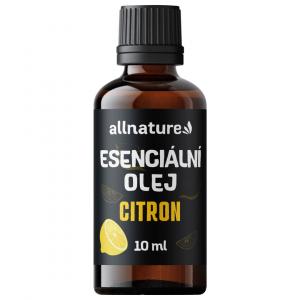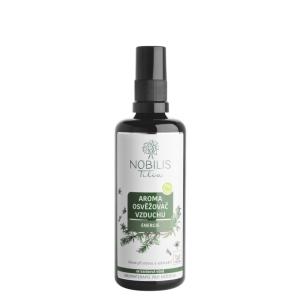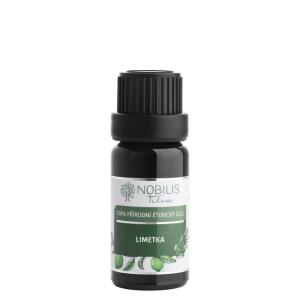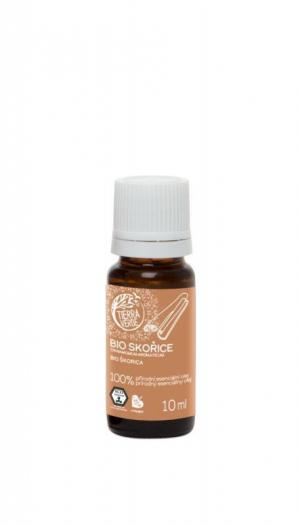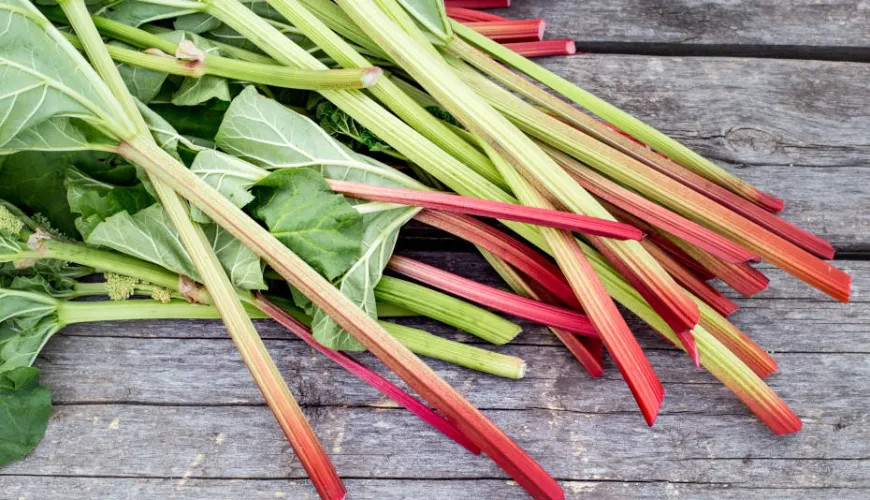
How to Beat Cracked Heels and Restore Smoothness to Your Feet
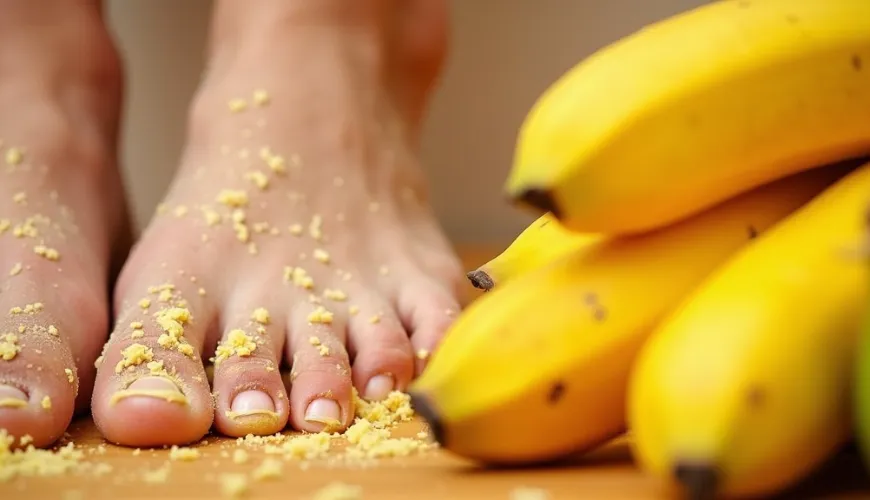
Cracked Heels - Why They Occur and How to Say Goodbye for Good
Cracked heels are not just a cosmetic issue. For many, they are also a source of pain, discomfort, and in some cases, a gateway to infection. Yet, many people overlook them or delay care until the situation becomes critical. What lies behind the development of cracked skin on the heels, what home and natural remedies can help, and why is regular care important? Let's take a closer look.
What Causes Cracking of Skin on Heels?
The first step to effective care is understanding the causes of cracked heels. The skin on the heels is naturally thicker than on other parts of the body and bears the weight of the entire body. However, if it is too dry, it loses elasticity and cracks easily. The main factors contributing to this include:
- Dehydration of the skin: Lack of moisture is one of the most common causes. A dry environment, frequent washing without subsequent hydration, or wearing open footwear can cause the skin to lose water and become brittle.
- Overloading of the feet: Prolonged standing or intensive walking, especially on hard surfaces, can cause micro-cracks that later expand.
- Unsuitable footwear: Open sandals or shoes with hard soles often do not support the heels and allow them to "spread," creating pressure that leads to cracks.
- Overweight: Higher body weight increases pressure on the heels and contributes to the formation of cracks.
- Health problems: Diseases such as diabetes, psoriasis, eczema, or thyroid problems can worsen the condition of the skin. Diabetics need special caution, as even small cracks can easily become infected.
In some cases, it is purely an aesthetic problem, but other times the cracks can be so deep that they lead to bleeding or infection. Therefore, it is important to pay as much attention to heels as to the face.
What Helps with Cracked Heels?
When heels start cracking, many people reach for creams, while others rely on tried-and-true advice from grandmothers. The truth is that a combination of regular care, proper hydration, and natural remedies can work wonders.
One of the most important steps is the mechanical removal of hardened skin. However, this does not mean blindly using a pumice stone or razor. The skin must first be softened – ideally with a warm bath with added sea salt, olive oil, or essential oils (such as tea tree oil, which has antiseptic properties). The hardened layer can then be gently removed with a fine file or pumice stone.
Hydration is key. Ordinary body lotion often isn't enough – the skin on the heels needs more nourishing and regenerative compositions. Creams for cracked heels containing urea, shea butter, panthenol, coconut oil, or glycerin are effective. Urea helps soften the keratin layer while effectively binding water. The cream should be applied at least twice a day, ideally after bathing and in the evening before bed.
And what helps when you only remember when the cracks are deep and painful? Healing ointments containing zinc, honey, propolis, or calendula can help. These ingredients support skin regeneration and reduce inflammation.
Grandma's Tips That Have Survived Generations
It's no surprise that grandma's tips for cracked heels still have their place in households today. They are cheap, natural, and often very effective.
One of the most popular methods is a honey compress – a natural antiseptic that helps heal wounds and softens the skin. Simply apply a thick layer of honey to the heels, wrap in cling film, put on socks, and leave it on overnight. In the morning, the skin will be softer and more hydrated.
Another proven method is a banana mash wrap. An overripe banana mashed into a paste is applied to the heels, left on for 20 minutes, and rinsed off. Bananas contain enzymes and vitamins that soothe and nourish the skin.
Coconut oil is also very effective – not only does it hydrate, but it also has antibacterial properties. It can be used alone or mixed with a few drops of essential oil (e.g., lavender) for even better effect.
An interesting option is a homemade ointment of pork lard and calendula – a traditional recipe our ancestors used for dry and cracked skin. The lard is melted in a water bath, dried calendula is added, and the mixture is left to steep. After straining, a healing and nourishing ointment is created.
Try our natural products
Prevention is Key
As the saying goes, prevention is better than cure – and when it comes to cracked heels, this saying holds doubly true. Just taking a little care of your feet can significantly reduce the chance of developing painful cracks, inflamed wounds, or even infections. It's not rocket science, just a few simple principles. For example, hydration starts from within, so adequate water intake throughout the day is not just an idle piece of advice. After a shower or bath, always dry your feet thoroughly and apply a nourishing cream; otherwise, the skin loses its natural oils and begins to peel. Once a week, treat yourself to a little extra care: a foot bath, gentle peeling, and a few minutes of relaxation can work wonders for your feet.
Shoes also matter – choose comfortable, closed shoes with proper heel support to avoid unnecessary strain that contributes to cracks. In summer, the same goes for sandals – never go without heel support, or your feet will suffer the consequences. And don't forget a cream with UV protection; the sun can dry out the skin more than you'd think. If you struggle with dry skin long-term or have health complications, it's wise to consult a specialist – a dermatologist or podologist – to prevent bigger issues. All this care takes no more than a few minutes a week, but the results are definitely worth it.
It's important to mention that while home care often helps, professional assistance is sometimes necessary. If cracks do not heal, worsen, or show signs of infection (redness, discharge, pain), a doctor should intervene.
Real Example - When Neglected Heels Become a Big Problem
Mrs. Alena (58 years old) long considered dry skin on her heels a common occurrence. She applied cream when she remembered – that was her motto. However, one summer, after a week in open sandals and without any care, a deep crack appeared and started to hurt. She ignored it, and when she finally went to the doctor, she found out the wound was infected. Treatment lasted almost a month and included antibiotics, regular dressings, and visits to a podologist. Since then, she has protected her heels like the apple of her eye.
"If I took care of my feet the way I take care of my hands or face, I wouldn't have ended up in such a state," she says today.
And that is precisely the message we should take away: care for your heels is not a luxury, but a part of regular hygiene and a healthy lifestyle.
Our heels carry us every day, yet they are often last on the list when it comes to body care. Maybe it's time to change that.
